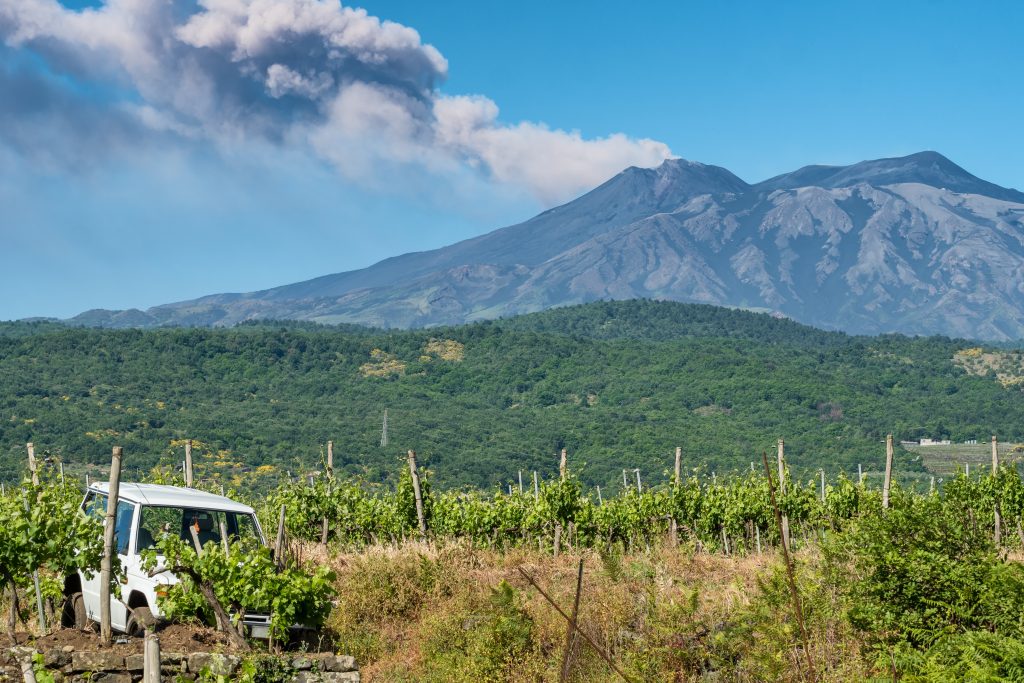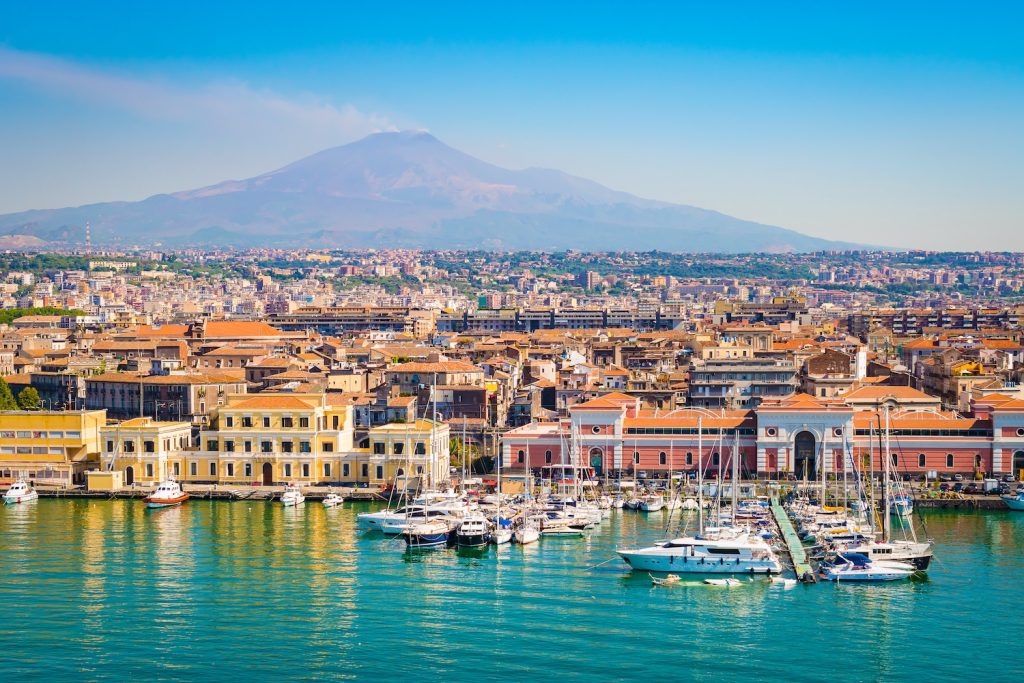High above the Sicilian landscape stands Mount Etna, one of the most active volcanoes on Earth. Its fierce yet majestic, a symbol of nature’s raw power. And, let’s be honest, it’s kind of iconic!
Since the most recent eruption on 2 June 2025, there has been growing speculation about Mount Etna’s fiery temper, with some calling it more aggressive than usual. This leaves us wondering: should we be afraid?
Etna ‘speaks’ again: what you need to know
Etna’s eruptions come as no surprise to the people of Sicily. With its first recorded eruption dating back to 1500 B.C., the volcano has been active for some time, showing near-continuous activity ever since. Mount Etna is what’s known as a stratovolcano. It’s a cone-shaped volcano formed by layers of volcanic material built up over thousands of years. With that kind of history, it’s no surprise it’s such a big part of life in Sicily!
Whether through echoing loud bangs, rumbling tremors or lava flows, Etna is always awake. On 2 June 2025, Etna made it presence known once again by erupting suddenly and spectacularly. It produced a large ash column, which soared around 6,500m into the sky. Meanwhile a pyroclastic flow (fast-moving hot gas, ash and rock) raced into the Valle del Leone.
Despite the drama, the eruption caused no injuries or damage. Everything remained within the volcano’s usual zone, showing once again that Etna loves to make a scene, yet rarely poses serious threat.
The Upside of a Fiery Neighbour
Mount Etna isn’t just about eruptions – it’s actually a giver in many ways. Thanks to its constant activity, the surrounding soil is incredibly fertile, creating some of the richest land in the Mediterranean. This means local vineyards and farms thrive, playing an essential part in Sicilian culture and identity.

Beyond agriculture, Etna is also a major attraction for tourists. Hikers, nature lovers, and curious travellers come to explore its trails and soak up the local legends and traditions. It has a charm that is hard to ignore. How often do you get the chance to see a volcano both breathtaking and unpredictable?
For scientists, Etna is a dream. It is one of the most thoroughly studied volcanoes in the world. Its ever-changing landscape supports a diverse range of ecosystems and gives researchers a real-life lab to explore. It helps them dig deeper into volcanology, geology, and even climate.
Should we fear Mount Etna?

Mount Etna might be one of the world’s most active volcanoes, but it’s not exactly one which inspires great panic. It is often seen as more of a ‘predictable neighbour’ than a threat. Most of its eruptions are slow-moving, contained, and relatively safe, giving scientists and nearby residents plenty of warning. Of course, this doesn’t stop it surprising everyone now and then!
Today, Etna is extremely well-monitored. Surrounding the volcano, there are many monitoring stations constantly tracking its activity. Scientists are always on the lookout, listening for quakes, watching for changes in the ground and measuring gases it releases. They also rely on cameras and satellites to spot any signs of heat or lava flows.
Due to Etna’s regular activity, local authorities have well-established protocols and emergency plans in place. Whether its ash in the air or lava on the move, they know how to handle it. Thanks to this preparation, both the locals and tourists are protected, even if Etna decides to put on a spontaneous show.
So, should we be afraid?
The short answer is not really. Etna is a powerful natural force, one that certainly deserves respect, but fear? That’s not how most people see it. Nature will always have its unpredictable side – as Etna showed us just last month. But, for the people of Sicily, it’s a constant part of their world, something woven into daily life. It’s a part of their identity, something they take pride in and something to be admired for generations to come.
Ready to plan a trip to Sicily? Visit the official tourism website here.

